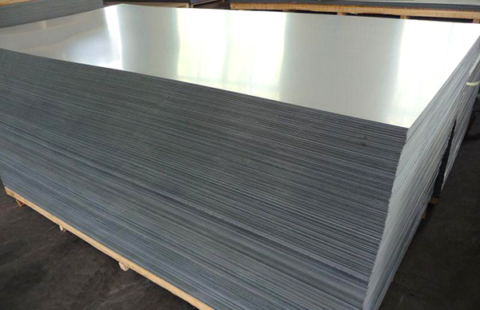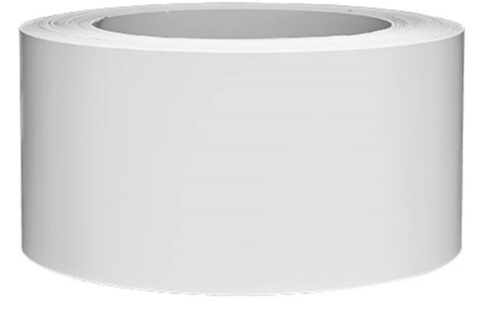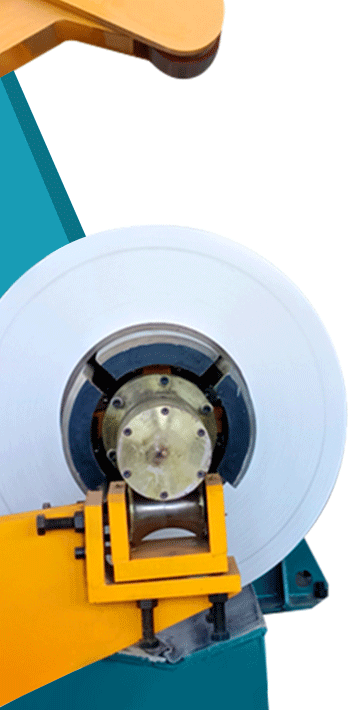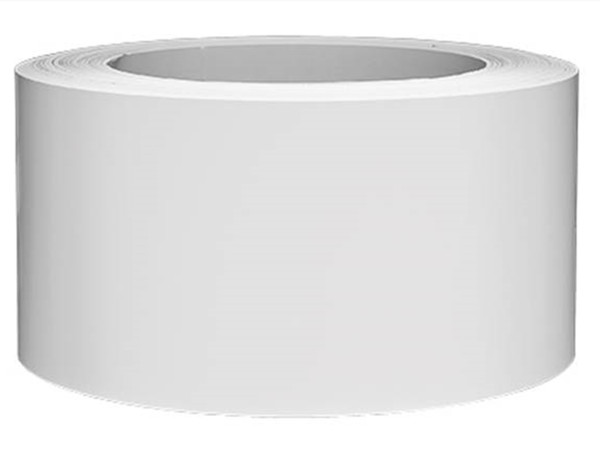
Why Choose Aluminum Alloy For Gutter?
Why choose aluminum alloy for gutter?
What is gutter?
Aluminum alloy for gutter is a building structure that diverts water from the outside of a house. When rain or snow melts into water, that water can run down the gutter. As we all know, rain and snow are both corrosive to a certain extent.

Accumulation in buildings (especially flat-roofed houses) for a long time will corrode the roof of the house, causing water leakage on the roof and damaging the building. The gutter can effectively divert rainwater, not only protect the building, but also collect rainwater.
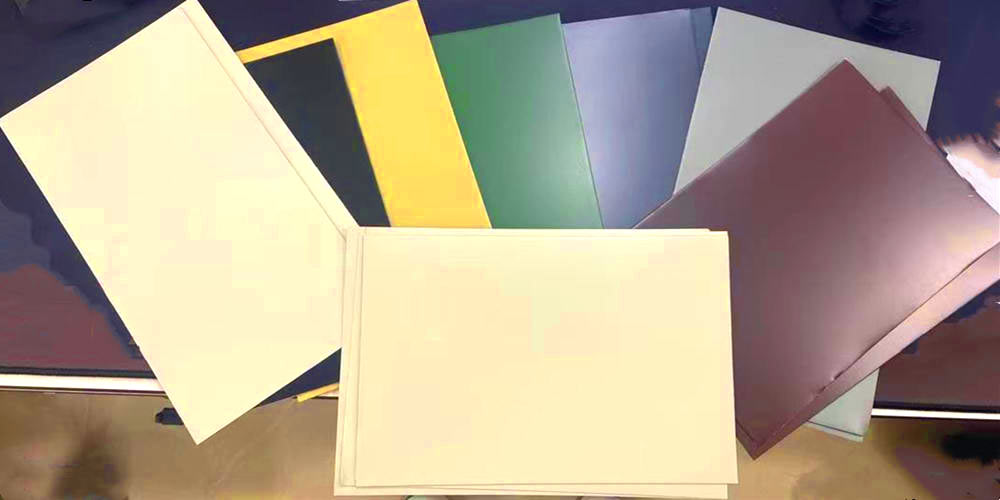
Metal Building Gutters
Metal building gutters first prevent people from getting wet when entering and leaving the building. Because when it rains water will wash off the roof. Choosing to add gutters outside the building can keep people entering and leaving dry.
Gutters provide leak protection.
In the absence of rain gutters, rainwater can run down the building’s roof along the building’s exterior walls and may leak into the building, invading the structure and dampening the building’s insulation or contents. Water flowing down the wedge of the building below the seal.
If the water subsequently freezes, it could cause the seal to rupture, increasing the likelihood of the next larger leak.
Also, standing water around the garage door can seep inside and stain the floor. Over time, stagnant water can rot wood doors or discolor and rust steel doors.
Building drains are used for foundation protection, and rain gutters can divert rainwater from the bottom of the building to avoid huge damage to the foundation. In fact, standing water can damage the structural integrity of a building.
Basements
Basements are also at high risk of flooding. If the rain is too heavy, the side of the building will be subjected to considerable impact. Rainwater left on the surface of the building can collect at the bottom of the building, and the water can intrude into the building itself.
Repeated rainfall or heavy downpours can trap water around the building, allowing water to seep under the slab foundation. The water under the slab washed away the supporting soil. The foundation part settles, sinks and moves. Cracks appear in the concrete slab. Water-rich clays swell. It also puts pressure on the foundation.
Downpours running down the roof and standing water can also affect landscaping and damage tender plants.
Gutters safely divert rainwater from your building, protecting plants. Gutters provide aesthetic protection Without gutters and downspouts to carry excess water away from the building, rainwater would hit the ground and splash mud on the building. It’s ugly and destructive. Because some types of soil can discolor exterior materials, making them permanently stained. Use gutters to eliminate such backs-plashes.
Architectural Gutters
Architectural gutters also provide financial protection, and repairing leaks and fixing foundation problems is expensive. Also, insurance policies usually do not cover flood issues. So avoid water problems before they happen. Include gutter and downspout packaging and other metal building accessories in your steel structure order.
- Where to use it
Outer edge of house, eaves of roof, gutter, interior, sewer
Characteristics of aluminum alloy for gutter
1. Aluminum alloy for gutter is light and soft. The density of aluminum is 2.171 g/cm3, which is about one third of the density of steel (7.187 g/cm3).
2. Good strength. The tensile strength of pure aluminum is about 80 MN/m2, which is one-fifth that of mild steel. However, after heat treatment strengthening and alloying strengthening, its strength will increase significantly. For example, the commonly used material for aluminum alloy car body is 6005A-T6, and its tensile strength is at least 360 MN/m2, which can reach the corresponding strength value of low carbon steel.
3. Good corrosion resistance. One of the characteristics of aluminum alloys is that when exposed to air, a dense oxide film is formed on the surface, which can prevent corrosion, so it has good corrosion resistance. If the “aluminum oxide film treatment method” is applied to it, the corrosion can be completely prevented.
4. It has good processing performance, good bending and extrusion performance, and it can be machined and bent more easily.
5. Easy to regenerate. Aluminum has a low melting point (660 ℃) and is easy to regenerate. It is also pollution-free when disposed of, which is beneficial to environmental protection.
For the water tank material, from the viewpoint of light weight, it is required to have good strength, weld-ability, extrusion process-ability, and maintainability. In view of long-term use, high corrosion resistance and surface treatment are required. From the viewpoint of manufacturing efficiency, high mold-ability and low price are required. Therefore, aluminum alloy is the most popular sink manufacturing material.
Common specification of aluminum alloy for gutter
Alloy: 3003, 3105
Temper: H22, H46
Thickness: 0.6mm-0.8mm
Color: White, black, gray, brown, etc.
Surface: smooth, overlapping curve, etc.
Coil/sheet/plate
Leave a Comment
You must be logged in to post a comment.

